LINUX FIREWALLS. Copyright 2007 by Michael Rash.
All rights reserved. No part of this work may be reproduced or transmitted in any form or by any means, electronic or mechanical, including photocopying, recording, or by any information storage or retrieval system, without the prior written permission of the copyright owner and the publisher.
 Printed on recycled paper in the United States of America
Printed on recycled paper in the United States of America
11 10 09 08 07 1 2 3 4 5 6 7 8 9
ISBN-10: 1-59327-141-7
ISBN-13: 978-1-59327-141-1
Publisher: | William Pollock |
Production Editor: | Christina Samuell |
Cover and Interior Design: | Octopod Studios |
Developmental Editor: | William Pollock |
Technical Reviewer: | Pablo Neira Ayuso |
Copyeditors: | Megan Dunchak and Bonnie Granat |
Compositors: | Christina Samuell and Riley Hoffman |
Proofreaders: | Karol Jurado and Riley Hoffman |
Indexer: | Nancy Guenther |
For information on book distributors or translations, please contact No Starch Press, Inc. directly:
No Starch Press, Inc. 555 De Haro Street, Suite 250, San Francisco, CA 94107 phone: 415.863.9900; fax: 415.863.9950;
Library of Congress Cataloging-in-Publication Data
Rash, Michael.
Linux firewalls : attack detection and response with iptables, psad, and fwsnort / Michael Rash.
p. cm.
Includes index.
ISBN-13: 978-1-59327-141-1
ISBN-10: 1-59327-141-7
1. Computers--Access control. 2. Firewalls (Computer security) 3. Linux. I. Title.
QA76.9.A25R36 2007
005.8--dc22
2006026679
No Starch Press and the No Starch Press logo are registered trademarks of No Starch Press, Inc. Other product and company names mentioned herein may be the trademarks of their respective owners. Rather than use a trademark symbol with every occurrence of a trademarked name, we are using the names only in an editorial fashion and to the benefit of the trademark owner, with no intention of infringement of the trademark.
The information in this book is distributed on an "As Is" basis, without warranty. While every precaution has been taken in the preparation of this work, neither the author nor No Starch Press, Inc. shall have any liability to any person or entity with respect to any loss or damage caused or alleged to be caused directly or indirectly by the information contained in it.
ACKNOWLEDGMENTS
Linux Firewalls was made possible with the help of a host of folks at every step along the way. I'd particularly like to thank the people at No Starch Press for the efforts they put forth. William Pollock, Bonnie Granat, Megan Dunchak, and Christina Samuell all contributed many hours of expert editing, and the book is higher quality as a result. To Pablo Neira Ayuso, thanks for helping to make Netfilter and iptables what they are today, and for handling the technical edit of the material in this book. Ron Gula, CTO of Tenable Network Security, and Raffael Marty, chief security strategist of Splunk, both contributed constructive criticism, and they were kind enough to endorse the book before it was published. I also wish to thank Richard Bejtlich, founder of TaoSecurity, for writing an excellent foreword. Richard, your books are an inspiration. My parents, James and Billie Mae, and my brother, Brian, all deserve a special thank you for their constant encouragement. Finally, many thanks go to my wife, Katie. This book would not have been possible without you.
FOREWORD
When hearing the term firewall , most people think of a product that inspects network traffic at the network and transport layers of the OSI Reference Model and makes pass or filter decisions. In terms of products, dozens of firewall types exist. They are differentiated by the data source they inspect (e.g., network traffic, host processes, or system calls) and the depth to which they inspect those sources. Almost any device that inspects communication and decides whether to pass or filter it could be considered a firewall product.
Marcus Ranum, inventor of the proxy firewall and the implementer of the first commercial firewall product, offered a definition of the term firewall in the mid-1990s when he said, "A firewall is the implementation of your Internet security policy." [] This is an excellent definition because it is product-neutral, timeless, and realistic. It applies equally well to the original firewall book, Firewalls and Internet Security by William R. Cheswick and Steven M. Bellovin (Addison-Wesley Professional, 1994), as it does to the book you're reading now.
In the spirit of Ranum's definition, a firewall could also be considered a policy enforcement system. Devices that inspect and then pass or filter network traffic could be called network policy enforcement systems . Devices that inspect and then pass or filter host-centric activities could be called host policy enforcement systems . In either case, emphasis on policy enforcement focuses attention on the proper role of the firewall as a device that implements policy instead of one that just "stops bad stuff."
With respect to "bad stuff," it's reasonable to ask if firewalls even matter in today's enterprise. Properly configured traditional network firewall products basically deny all but allowed Internet protocols, IP addresses, TCP/UDP ports, and ICMP types and codes. In the modern attack environment, this sort of defense is entirely insufficient. Restricting those exploitation channels is necessary to restrict the ingress and egress paths to a target, but network and transport layer filtering has been a completely inadequate countermeasure for at least a decade.
In 2007, the most effective way to compromise a client is to entice the user to activate a malicious executable, send the user a link that hosts malicious content, or attack another client-side component of the user's computing experience. In many cases, exploitation doesn't rely on a vulnerability that could be patched or a configuration that could be tightened. Rather, attackers exploit weaknesses in rich-media platforms like JavaScript and Flash, which are increasingly required for browsing the Web today.
In 2007, the most effective way to compromise a server is to avoid the operating system and exploit the application. Web applications dominate the server landscape, and they are more likely to suffer from architectural and design flaws than from vulnerabilities that can be patched. In the late 1990s, it was fashionable to change the prices for the items in one's shopping cart to demonstrate insecure web applications. Thanks to Ajax, almost a decade later the shopping cart is running on the client and users are again changing pricesand worse.
All of this makes the picture seem fairly bleak for firewall products. Many have adapted by incorporating deep packet inspection or operating at or beyond the application layer of the OSI Reference Model. Others operate as



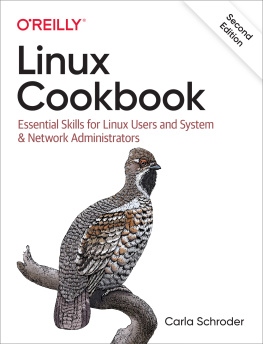
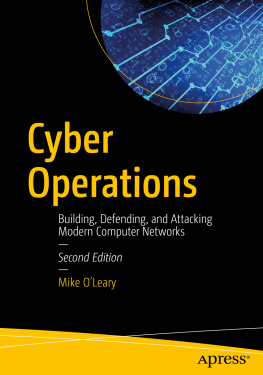

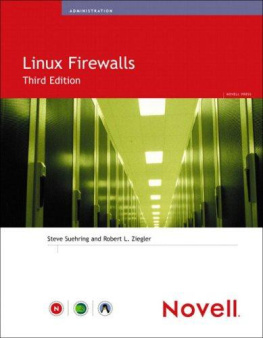
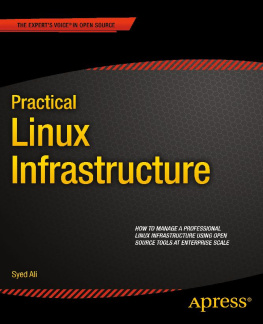
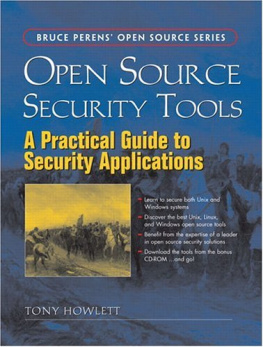
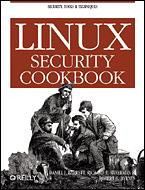

 Printed on recycled paper in the United States of America
Printed on recycled paper in the United States of America